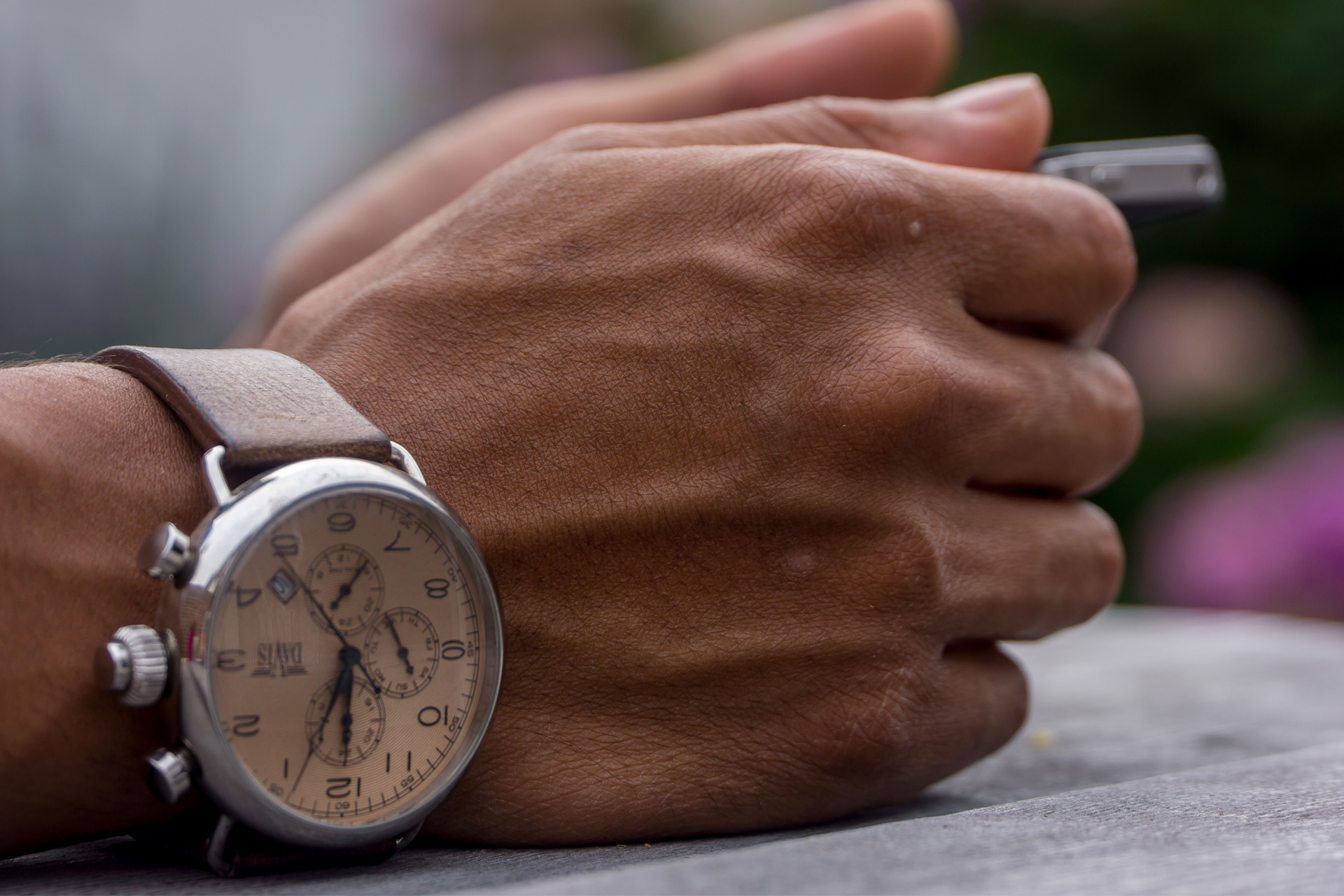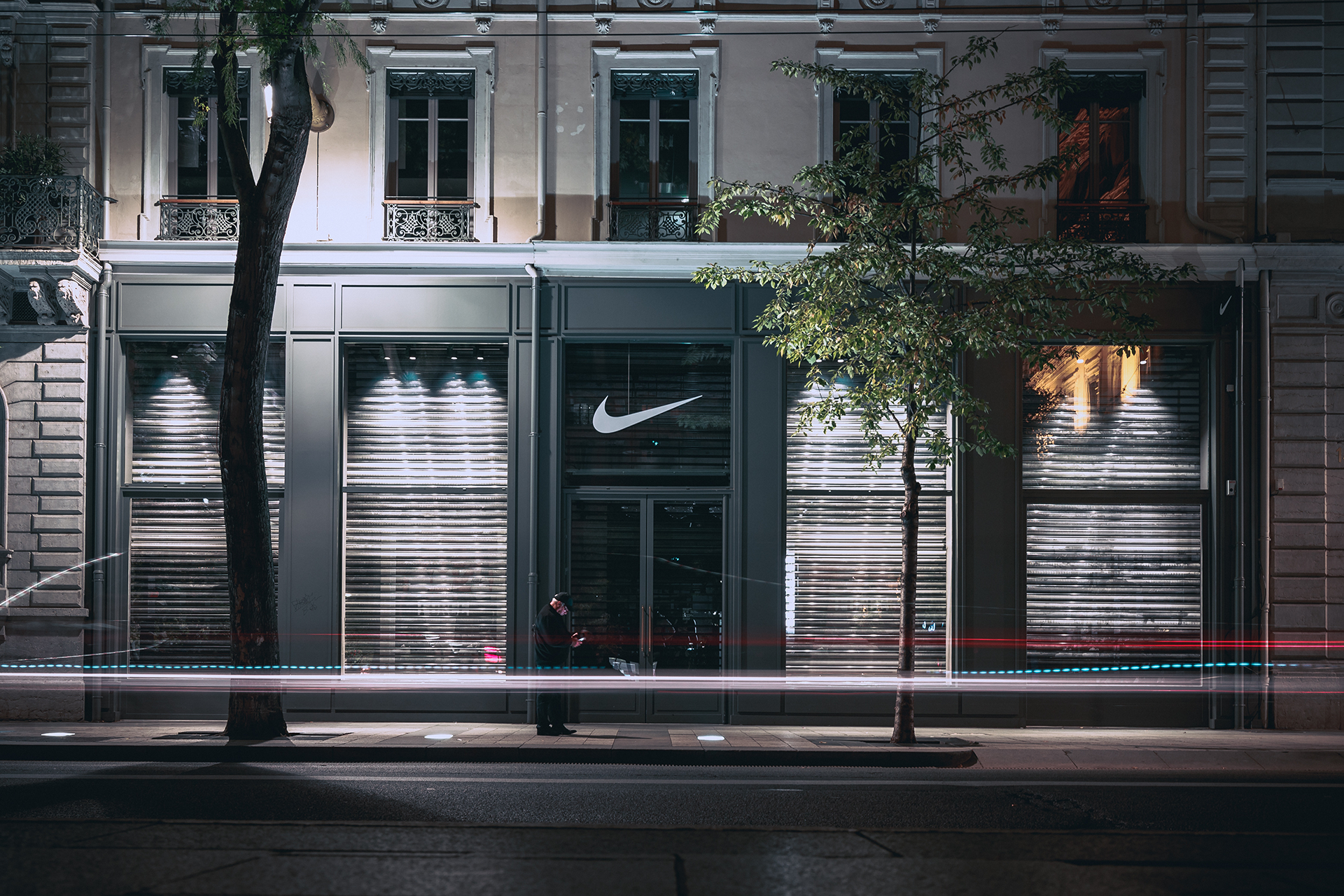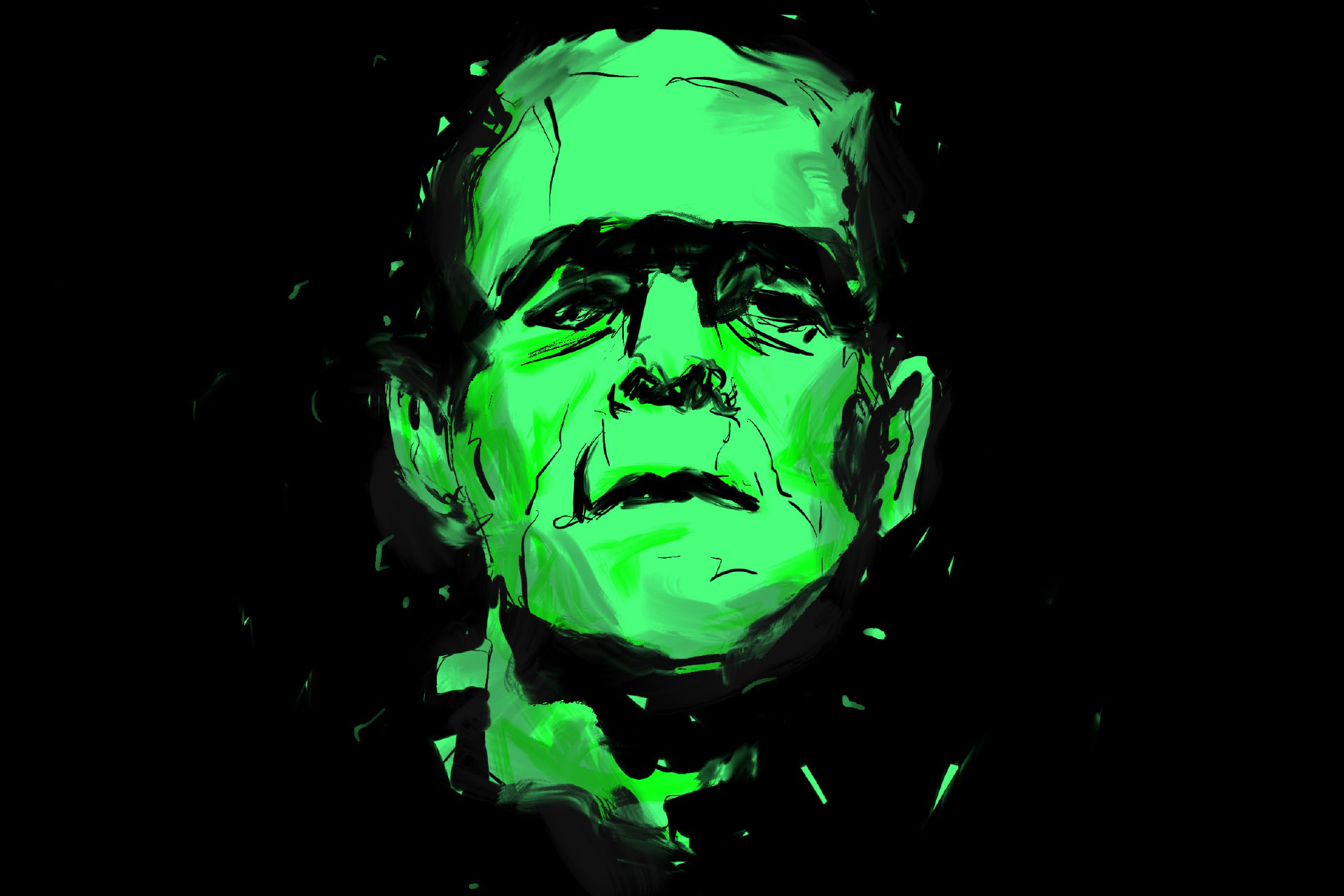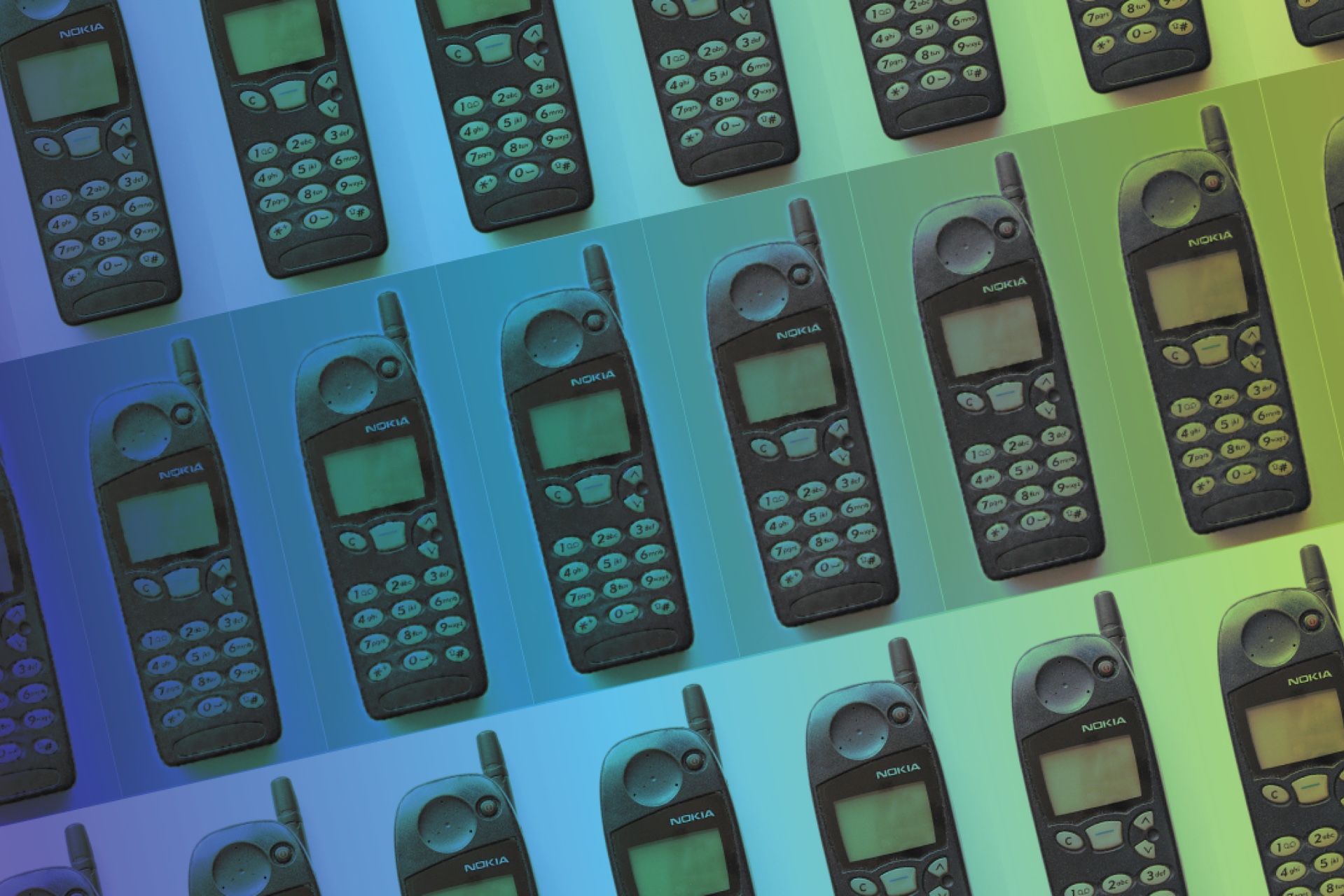The ROI of UX - Is it Worth the Investment?
5 min read
You have to spend money to make money. That’s not a controversial concept. But how should you spend it to maximize return? Broach that topic in a product team of five people, and you’ll probably get five opposing plans. The good news is that 10% of your budget should be an easy spend: user experience design.
Why allocate such a significant amount to an intangible asset? Because the experience is the vitality of the product. That answer may seem obvious to you, but here are a few talking points to help make the case to others on the team.
Good UX is the expectation.
Designed or not, your product or service will embody an experience. UX design is no longer a “nice-to-have” add-on to product design. A few short years ago, it was seen as a differentiator. Small usability superiorities were enough to distinguish a product from competitors—a user-focused design was a breath of fresh air, and it drew people in like puppies to an open car window. Today, customers expect a user-centered product (and soon they will demand it). It’s no longer a matter of hitting one or two nails on the head. It’s a matter of understanding customers and problems better than the other guys and designing accordingly.
The UX design process exposes opportunities and corrects misconceptions.
If you’re going to design for users, you have to learn about them as humans—beyond demographics. A sound UX design process begins with researching how your target customers currently address the need your product aims to meet and understanding why and how they would interact with your product.
User research inevitably reveals contextual variables, pain points, and mental models of which product teams are unaware or just miss when taking inventory of their knowledge. It also rectifies any false notions the team has about the user or the design problem. At minimum, you derive a stronger set of feature requirements. At best, revelation of an unmet need leads the project in a way that will change the customer’s life for the better (and make your product the new standard).
Our team saw this first-hand as they researched for GiveBox, an app we designed to help people donate goods more intentionally and more efficiently. Originally, we thought our target users were donors who wanted visibility to community needs. Research revealed, however, that charitable organizations had a need that GiveBox could serve: a way to keep donors informed of the items they need most at any given time. We learned that organizations spend a lot of time sifting through a high volume of unneeded donations to get to the items they can use. That realization led us to design not only for the donor, but also for organizations which rely on the right donations at the right time—not necessarily a box of your old clothes—to fulfill their mission. By discovering an unmet need, GiveBox became a more meaningful product.
The ROI is significant.
On to where the rubber meets the road: your investment will see a return.
The most immediate returns surface before the product even launches. First, research serves as a final assessment of market viability, possibly saving boatloads of money.
Second, careful framework design and regular customer validation stabilize the budget itself—especially in the development phase. Typically, developers spend 50% of their time on rework in instances where user experience does not drive design thinking. That means an investment in UX could help you get your product to market months faster.
Finally, the persona-focused design makes effective marketing possible with fewer ads. Think about Subaru’s commercials (watch Making Memories). The marketing team knows exactly who they are targeting: a relationship-focused car driver who wants to get out there and live life with the people he loves. Not a luxury seeker. Not a sports enthusiast. Not everyone. Someone. I guarantee you those commercials were directed to support a bigger user experience. One commenter says of Subaru marketing, “I don’t know who you have making your commercials, but they are some of the most human and emotional and touching ever made …” That’s effective, user-focused branding.
What about post-launch revenue? Clearly, marketing can do a lot, especially for a new product. What it can’t do is convince the user that a clunky experience is enriching his life. We all know that it’s cheaper to keep an existing customer than to get a new one. But what’s at the heart of retention? A designed user experience. In case you’re a numbers person, here are some eye-opening stats about how usability affects customer attitudes:
- Increases their willingness to pay by 14.4%
- Reduces their reluctance to switch brands by 15.8%
- Boosts their likelihood to recommend a product by 16.6%
Let’s touch on the intangibles. Did you know that companies that invest in good UX outperform those that don’t by 18% in the stock market? In 2006, Teehan+Lax established the UX Fund, wherein they invested in ten user-centered companies to find out once and for all whether user experience plays a hand in brand success. They chose companies that were design-minded, had a history of innovation, had a loyal customer base, and were known to provide a positive customer experience. Over the course of one year, the fund had grown by 39%. While user experience isn’t the only predictor of market success, it is at the helm. Public perception of a company is a reasonably-accurate indicator of how its stock will perform, and the brand’s collective user experience plays a huge part in public opinion.
It’s true that an investment in user experience doesn’t yield a tangible output. What it does do is give life to the bigger picture you have for your product. Understand your users, solve their problem, create an experience they desire, and you will see that it is, indeed, worth it.





